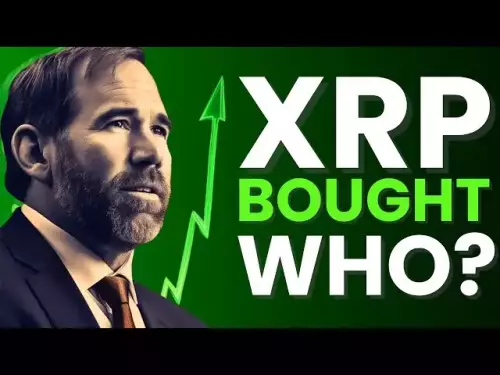-
 bitcoin
bitcoin $108842.957301 USD
-1.88% -
 ethereum
ethereum $3931.777121 USD
-1.66% -
 tether
tether $1.000186 USD
-0.03% -
 bnb
bnb $1153.250882 USD
-2.20% -
 xrp
xrp $2.367904 USD
-1.94% -
 solana
solana $186.182050 USD
-4.20% -
 usd-coin
usd-coin $0.999997 USD
0.00% -
 tron
tron $0.316949 USD
-1.00% -
 dogecoin
dogecoin $0.190780 USD
-3.12% -
 cardano
cardano $0.651324 USD
-2.67% -
 hyperliquid
hyperliquid $37.141055 USD
-0.85% -
 ethena-usde
ethena-usde $0.999224 USD
-0.09% -
 chainlink
chainlink $17.579031 USD
-2.47% -
 bitcoin-cash
bitcoin-cash $509.426284 USD
-2.79% -
 stellar
stellar $0.315298 USD
-2.93%
Is it possible to lose more than my initial investment with Dogecoin contracts?
Trading Dogecoin futures with high leverage can lead to losses exceeding your deposit, especially on platforms without negative balance protection.
Oct 09, 2025 at 02:00 pm
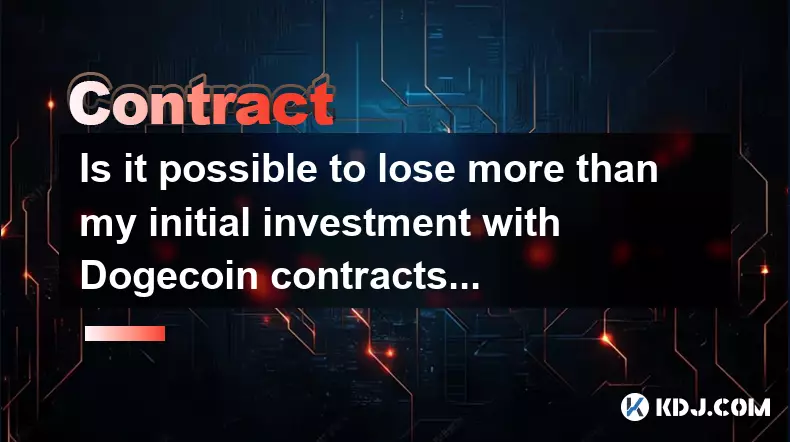
Understanding the Risks of Dogecoin Futures Trading
1. Trading Dogecoin futures contracts introduces financial exposure that extends beyond the original capital deposited. Unlike buying and holding Dogecoin outright, futures trading operates on margin, allowing traders to control large positions with relatively small amounts of funds. This leverage amplifies both gains and losses, creating scenarios where obligations exceed initial deposits.
2. Exchanges typically require a maintenance margin to keep a position open. If market movements cause losses that deplete this threshold, a margin call is triggered. Failure to deposit additional funds promptly may result in forced liquidation of the position at a loss. In fast-moving markets, slippage can worsen outcomes, leading to negative equity balances.
3. Some brokers operate under a system known as 'negative balance protection,' which resets account deficits to zero after liquidation. However, not all platforms offer this safeguard. On exchanges without such policies, traders remain liable for debts incurred during volatile swings, meaning they must repay the exchange for covering their shortfall.
4. Dogecoin’s price history demonstrates extreme volatility driven by social media sentiment and speculative trends. Sudden spikes or crashes can occur within minutes, leaving leveraged positions vulnerable to rapid deterioration. Contracts tied to this cryptocurrency are especially sensitive to external narratives, increasing unpredictability.
5. Regulatory frameworks vary across jurisdictions, influencing how liabilities from derivative trades are enforced. In regions with strict financial oversight, brokerage firms may pursue collection actions against traders who owe money post-liquidation. Legal responsibility does not vanish simply because an automated system closed the trade.
Leverage Mechanics in Cryptocurrency Derivatives
1. Leverage ratios on major crypto exchanges can reach 100x for Dogecoin futures, enabling control over $10,000 worth of assets with just $100. While this magnifies profit potential, it also means a 1% adverse move could erase the entire stake. Higher leverage increases the likelihood of crossing into debt territory when stop mechanisms fail.
2. Funding rates in perpetual contracts add another layer of cost. Traders holding long positions pay fees to those in short positions, and vice versa. Over extended periods, these payments accumulate, eroding equity and bringing accounts closer to liquidation levels even without price movement.
3. The mark price, used to determine liquidations, often differs from the last traded price due to anti-manipulation measures. During flash crashes or pump events, discrepancies between these values can trigger premature closures at unfavorable rates, deepening losses beyond anticipated levels.
4. Risk limit systems on certain platforms tie maximum leverage to position size. Larger positions face lower allowable leverage, forcing traders to post more collateral. Ignoring these tiered structures can lead to unexpected margin requirements and unplanned exits from trades.
5. Isolated versus cross-margin modes affect loss distribution. Isolated margin restricts risk to a defined amount per trade, limiting spillover to other positions. Cross-margin uses total account equity, potentially draining all available funds before liquidation occurs, but still may not prevent deficit creation in severe cases.
Real-World Scenarios of Negative Balances
1. In May 2021, Dogecoin surged over 200% in two days amid celebrity endorsements. Traders shorting the rally at high leverage faced immediate liquidations. Several reports emerged of users owing hundreds or thousands of dollars after their accounts were reset below zero on non-protected platforms.
2. Flash crash incidents, though less common in Dogecoin than in smaller altcoins, have occurred during low-liquidity periods. A sudden drop of 30% in minutes can overwhelm stop-loss orders, causing fills at drastically worse prices than expected. Contracts settled during such anomalies often leave traders with unrecovered liabilities.
3. Third-party data shows that during peak volatility months, up to 7% of leveraged Dogecoin positions on certain exchanges ended in negative equity states. These instances disproportionately affected users employing 50x or higher leverage without adequate risk buffers.
4. Customer support logs from major derivatives platforms reveal recurring inquiries about debt recovery processes. Users express confusion when notified of outstanding balances following liquidations, indicating insufficient awareness of contractual obligations prior to trading.
5. Clear documentation from exchanges confirms that acceptance of terms includes liability for losses exceeding deposits. Traders who skip reviewing these agreements expose themselves to enforcement actions, including fund withholding from withdrawals or legal claims.Frequently Asked Questions
What happens if my Dogecoin futures account goes negative?If your account balance drops below zero due to leveraged losses, the exchange may cover the deficit initially. Depending on platform policy, you could be required to repay the amount. Some services automatically deduct future deposits until the debt is cleared.
Do all crypto exchanges allow negative balances on Dogecoin contracts?No. Many reputable platforms implement negative balance protection, resetting debts to zero after liquidation. However, others pass the liability to the trader. It is essential to verify the specific rules of the exchange before engaging in margin trading.
Can I get sued for losing more than my investment on Dogecoin futures?Yes, if you agree to terms stating you are responsible for losses beyond your deposit and fail to settle the resulting debt, the exchange has the right to initiate collections. This may involve legal action or reporting to credit agencies in regulated jurisdictions.
How can I protect myself from owing money on Dogecoin trades?Use lower leverage, enable negative balance protection if available, set stop-loss orders conservatively, and monitor positions actively. Avoid trading during high-volatility events unless fully prepared for extreme outcomes.
Disclaimer:info@kdj.com
The information provided is not trading advice. kdj.com does not assume any responsibility for any investments made based on the information provided in this article. Cryptocurrencies are highly volatile and it is highly recommended that you invest with caution after thorough research!
If you believe that the content used on this website infringes your copyright, please contact us immediately (info@kdj.com) and we will delete it promptly.
- Upbit Listing Sparks Altcoin Frenzy: What's Next for Bitcoin?
- 2025-10-17 14:25:14
- Gold, Bitcoin, and Digital Assets: A New Yorker's Take on the Future of Finance
- 2025-10-17 14:25:14
- Pi Network: Pioneering a New Era of Crypto Collaboration within the Crypto Community and Blockchain Technology
- 2025-10-17 14:30:01
- Crypto Updates, FxWirePro, Key Updates: Staying Ahead in the Digital Frontier
- 2025-10-17 14:30:01
- Bitcoin's Fear Dip: A Golden Opportunity to Accumulate?
- 2025-10-17 14:45:11
- Bitcoin, Recession Fears, and Gold's ATH: A New Yorker's Take
- 2025-10-17 14:30:01
Related knowledge

How to calculate the ROI for Ethereum contracts?
Oct 09,2025 at 04:36pm
Understanding Ethereum Contract ROI Basics1. Return on Investment (ROI) for Ethereum contracts begins with tracking the initial capital deployed into ...

How to find arbitrage opportunities between different Bitcoin contracts?
Oct 14,2025 at 11:18pm
Finding Arbitrage Opportunities in Bitcoin Futures Markets1. Monitor price discrepancies across exchanges offering Bitcoin futures contracts. Differen...
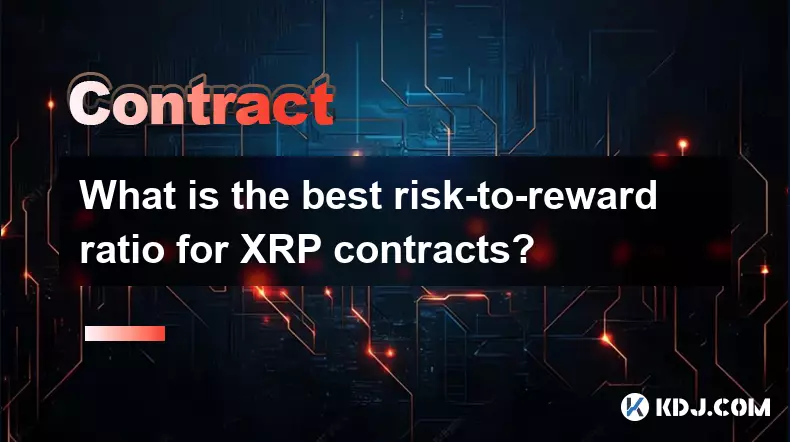
What is the best risk-to-reward ratio for XRP contracts?
Oct 11,2025 at 04:18am
Understanding Risk-to-Reward in XRP Futures Trading1. The risk-to-reward ratio is a fundamental metric used by traders to evaluate the potential profi...
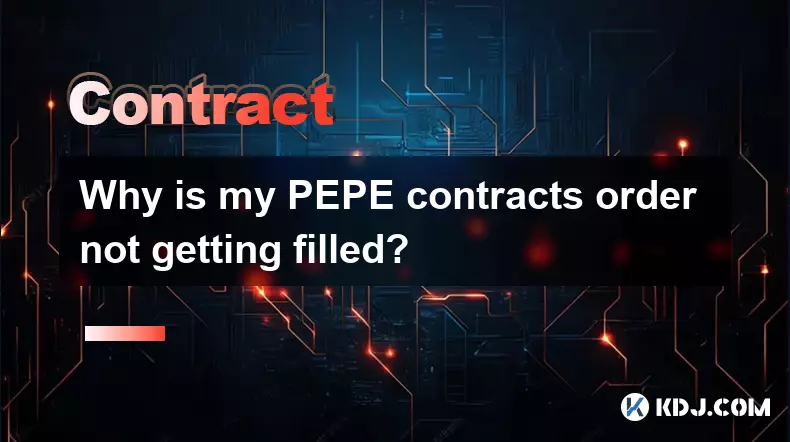
Why is my PEPE contracts order not getting filled?
Oct 12,2025 at 06:01pm
Understanding Liquidity Issues in PEPE Contracts1. Low liquidity is one of the primary reasons a PEPE contract order may not get filled. Many meme-bas...
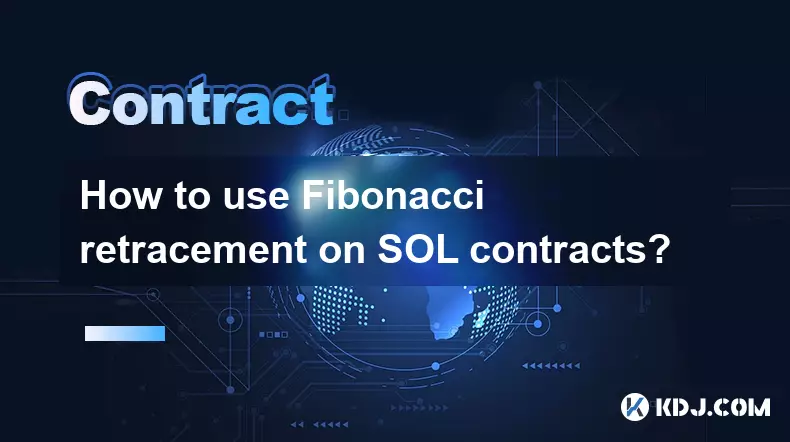
How to use Fibonacci retracement on SOL contracts?
Oct 14,2025 at 02:36pm
Fibonacci Retracement Basics in SOL Trading1. Fibonacci retracement is a technical analysis tool used to identify potential support and resistance lev...

Is it better to trade Dogecoin contracts or spot?
Oct 12,2025 at 04:54pm
Understanding Dogecoin Spot Trading Mechanics1. Spot trading involves the direct purchase and ownership of Dogecoin at the current market price. Trade...

How to calculate the ROI for Ethereum contracts?
Oct 09,2025 at 04:36pm
Understanding Ethereum Contract ROI Basics1. Return on Investment (ROI) for Ethereum contracts begins with tracking the initial capital deployed into ...

How to find arbitrage opportunities between different Bitcoin contracts?
Oct 14,2025 at 11:18pm
Finding Arbitrage Opportunities in Bitcoin Futures Markets1. Monitor price discrepancies across exchanges offering Bitcoin futures contracts. Differen...

What is the best risk-to-reward ratio for XRP contracts?
Oct 11,2025 at 04:18am
Understanding Risk-to-Reward in XRP Futures Trading1. The risk-to-reward ratio is a fundamental metric used by traders to evaluate the potential profi...

Why is my PEPE contracts order not getting filled?
Oct 12,2025 at 06:01pm
Understanding Liquidity Issues in PEPE Contracts1. Low liquidity is one of the primary reasons a PEPE contract order may not get filled. Many meme-bas...

How to use Fibonacci retracement on SOL contracts?
Oct 14,2025 at 02:36pm
Fibonacci Retracement Basics in SOL Trading1. Fibonacci retracement is a technical analysis tool used to identify potential support and resistance lev...

Is it better to trade Dogecoin contracts or spot?
Oct 12,2025 at 04:54pm
Understanding Dogecoin Spot Trading Mechanics1. Spot trading involves the direct purchase and ownership of Dogecoin at the current market price. Trade...
See all articles
























